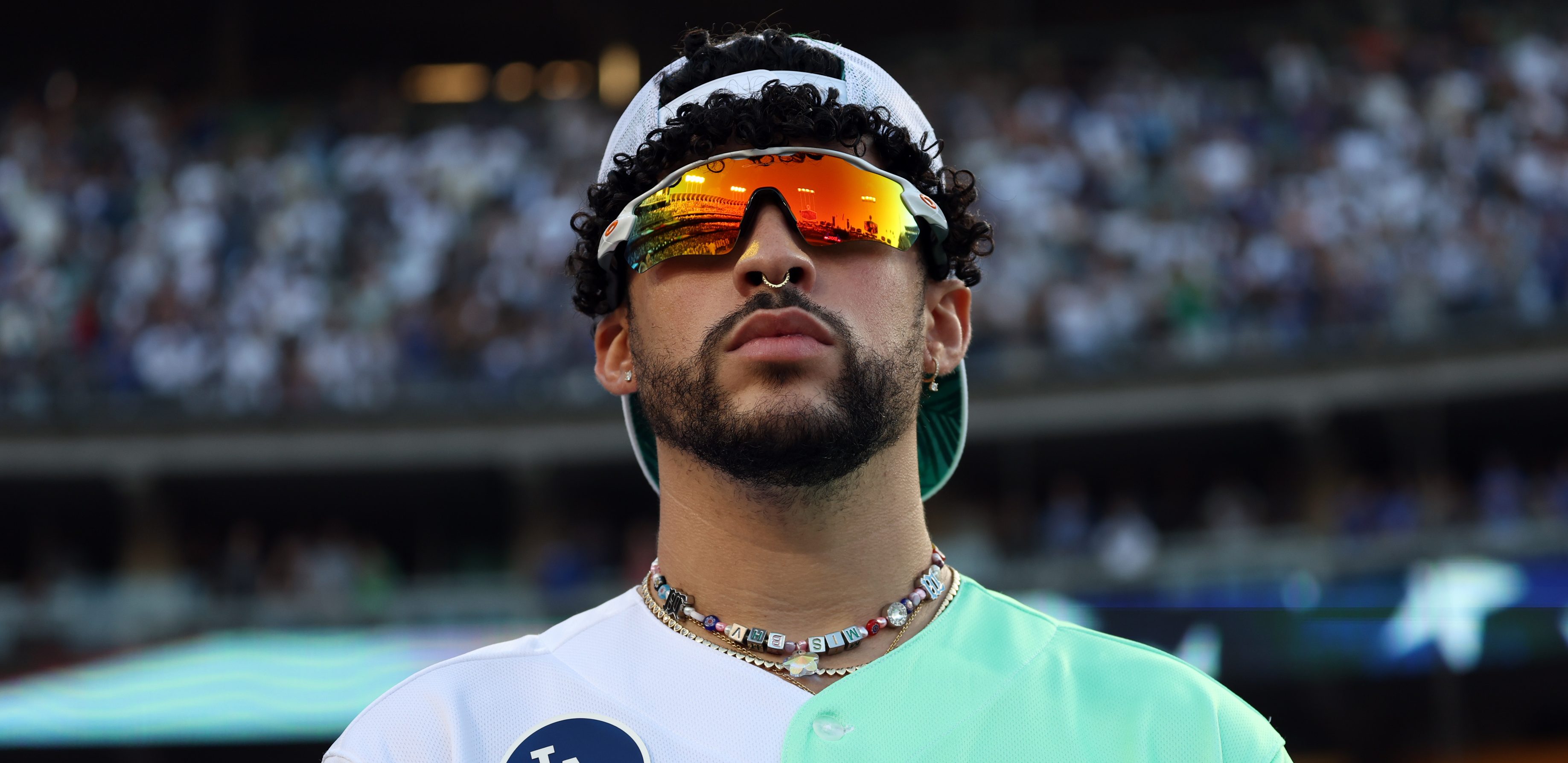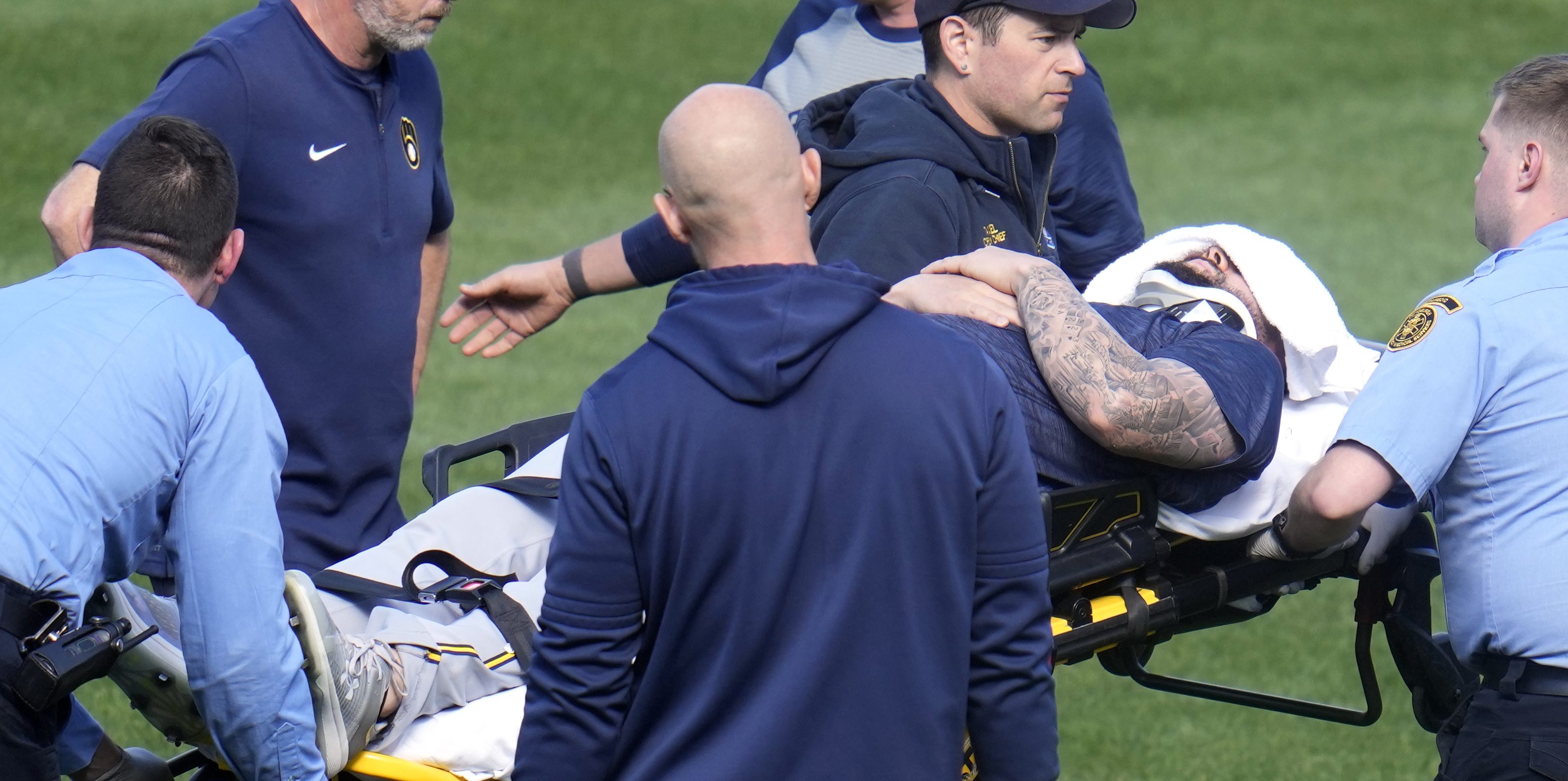The moment serves as a teaching tool these days for Michael Barrett as much as anything.
Whether the collision at the plate and resulting punch to the face of A.J. Pierzynski 14 years ago Wednesday can be instructive beyond that remains to be seen as Major League Baseball proposes even stricter limits on contact and fighting within its plans to start the 2020 season during a pandemic.
Barrett, the former Cubs catcher at the center of perhaps the definitive moment in Chicago’s crosstown rivalry, said he isn’t sure how baseball would prevent or enforce such rules any more effectively than they already do; it’s not like fights are planned (usually).
As recently as a month ago, social-distancing measures were quickly ignored during a bench-clearing incident during a professional game in Taiwan.
RELATED: 6 memorable Cubs bench-clearing moments since 2000
What he does know is that even 14 years later, “it often comes up,” during the course of his job as the Washington Nationals minor-league catching coordinator.
That’s where the teaching part comes in.
MLB
“We talk about it,” Barrett said during a phone conversation with NBC Sports Chicago on Wednesday. “I just tell them, ‘Never let your guard down [even] when you think there’s not a play at home plate.’ And I’m not pointing the finger at A.J. at all. Just in general, ‘Don’t ever let your guard down; don’t ever assume the runner is going to slide with or without the ball. Always be prepared for a collision.’
“In that case I was not prepared. That’s not pointing the finger at anybody but myself.”
Since Barrett retired after the 2010 season, collisions such as the one that precipitated “The Punch” have been outlawed, along with takeout slides on the bases — sharply reducing flashpoints that might lead to brawls.
It’s just one of myriad ways the game has changed and toned down since the high-emotion days of Barrett’s and Carlos Zambrano’s Cubs days.
“Even further back than that — 30, 40 years ago,” Barrett said of a more raucous, quick-tempered, spikes-flying, hard-sliding, chin-music era in the game.
“No different than hockey,” he said. “Things were taken care of themselves on the field. Whether that was healthy for the game or not is not something that when you’re playing that you necessarily think about. Sometimes your emotions get the better of you. But major league baseball has seen, in general, healthier results by policing some of that themselves.”
Is the game better for that increased regulation from the commissioner’s office?
“I think as major league baseball players we need to be responsible and set good examples for youth out there and do the best we can to be good role models,” Barrett said. “Fighting is not being the best role model that you can be. There’s other ways to communicate.
“Do I look back on that day and think poorly of what I did? Not necessarily. One thing that was evident that day was I was as much into that game as anybody who has ever played the game. Was I proud of the result? I could have probably done things a lot differently. But hindsight’s always 20-20.”
What seems certain is that this is a far different age in sports when it comes to even the perception of violence on the field, whether it’s hard slides in baseball or hard-checking defense in basketball — or even the levels of contact allowed in football.
“The world has changed as we know it in so many ways and players have opportunities to express themselves in other ways more than we ever got to,” Barrett said, “whether it’s social media, through the way they dress … It’s just a different era.”
Cubs outfielder Ian Happ has a podcast. Cubs pitcher Yu Darvish has a popular YouTube channel and has more than 2 million Twitter followers. First baseman Anthony Rizzo posts pictures of his dog Kevin on Instagram and highlights relief efforts for hospital workers on Twitter.
“Today’s players are heard,” Barrett said. “Players are still competitive with one another; that’ll never change. I just think that players have the opportunities to lash back in different ways and express their unhappiness or feelings in other ways that probably are [potentially] more detrimental to their careers.”
Talk about teaching moments that involve players as young as 16 and up to 30-plus that Barrett works with.
“We talk to our boys about that all the time: ‘Be careful,’” he said. “No different than 20 years ago. Then it was, ‘Be careful what you do on the field.’ Now it’s a wider scope than when I played.”
Click here to download the new MyTeams App by NBC Sports! Receive comprehensive coverage of the Chicago Cubs easily on your device.

